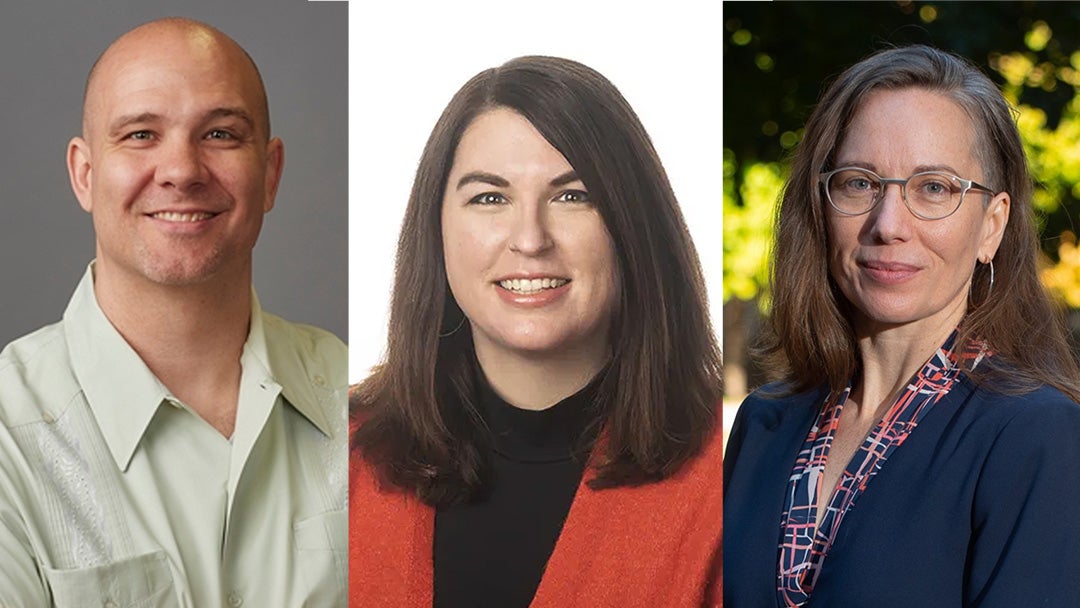
Rice University’s Medical Humanities Research Institute will delve into the profound connections between visual art and medical humanities at “Health Aesthetics: A Panel and Art Exhibition featuring Pato Hebert” March 6.

The event, hosted in Media Gallery II of Rice’s Moody Center for the Arts, will kick off at 3 p.m. when three scholars will lead a conversation on the role of visual art in medical humanities research and teaching. Moderated by Travis Alexander, a lecturer in medical humanities at Rice, the panel will provide insight into the diverse ways in which art intersects with health and medicine.
Pato Hebert, an accomplished visual artist, educator and organizer, brings a wealth of experience to the discussion. As chair of the Department of Art and Public Policy at New York University Tisch School of the Arts, his work has been recognized for its profound impact on exploring themes of health and medicine through art.
Joining Hebert are Amanda Caleb, professor of medical humanities at Geisinger Commonwealth School of Medicine, and Megan Voeller, an educator, curator and writer based in Philadelphia. Together, they will offer perspectives on contemporary health, communication and the critical intersections of art and health in today’s society.
“When we founded the Medical Humanities Research Institute, we wanted to think about ways of integrating the arts and creative practices into health humanities scholarship and research,” Alexander said. “I envisioned this event — both the exhibition and the panel discussion — as a way of beginning that conversation in a highly visible way that would be free and pitched at scholarly and popular audiences alike.”
Following the panel discussion, attendees will have the opportunity to immerse themselves in an art exhibition showcasing a selection of Hebert’s recent works. These pieces delve into the complexities of health and medicine, inviting viewers to contemplate the human experience through a unique artistic lens. They will be on view in the gallery until May.
“I would be delighted if audiences came away seeing the arts, especially visual arts in this case, as being just as able or useful as more familiarly scholarly objects (articles, books, talks, etc.) at the task of thinking through issues in health and medicine,” Alexander said. “I want students and educators alike to come away seeing paintings and sculptures as artifacts that pose and answer questions.”

